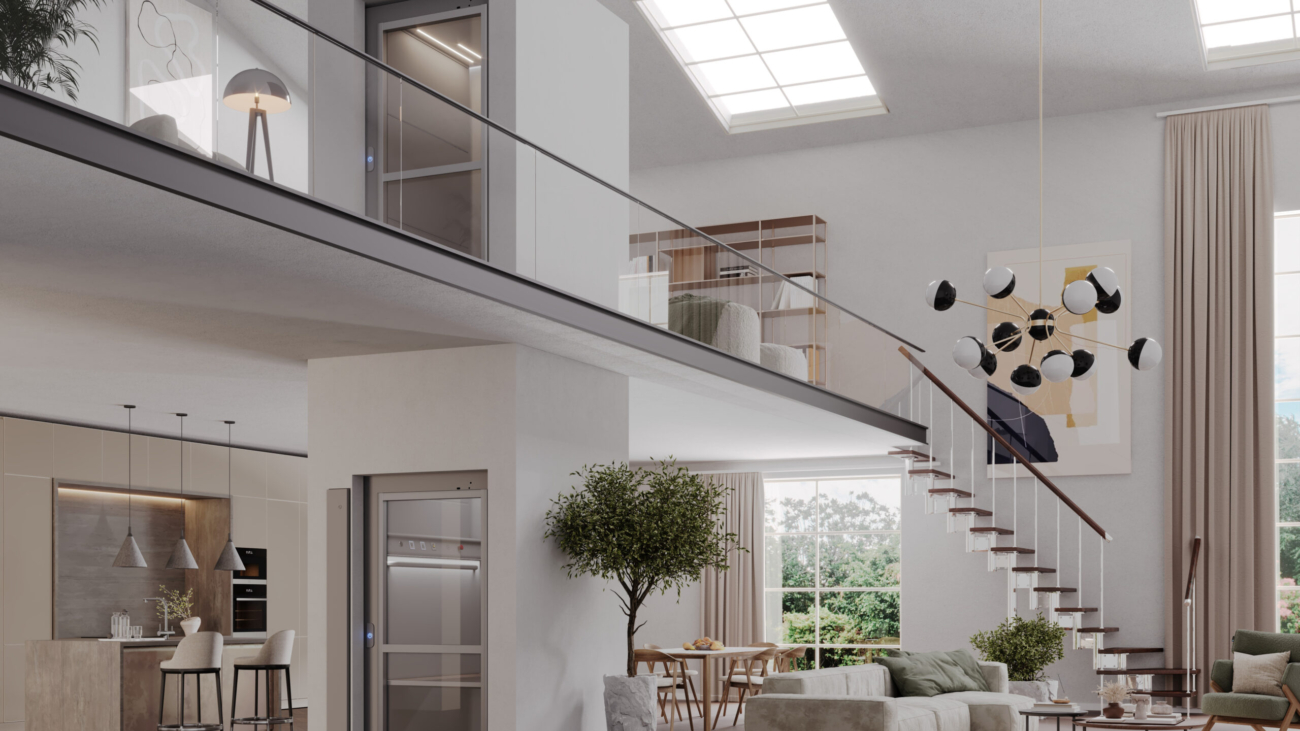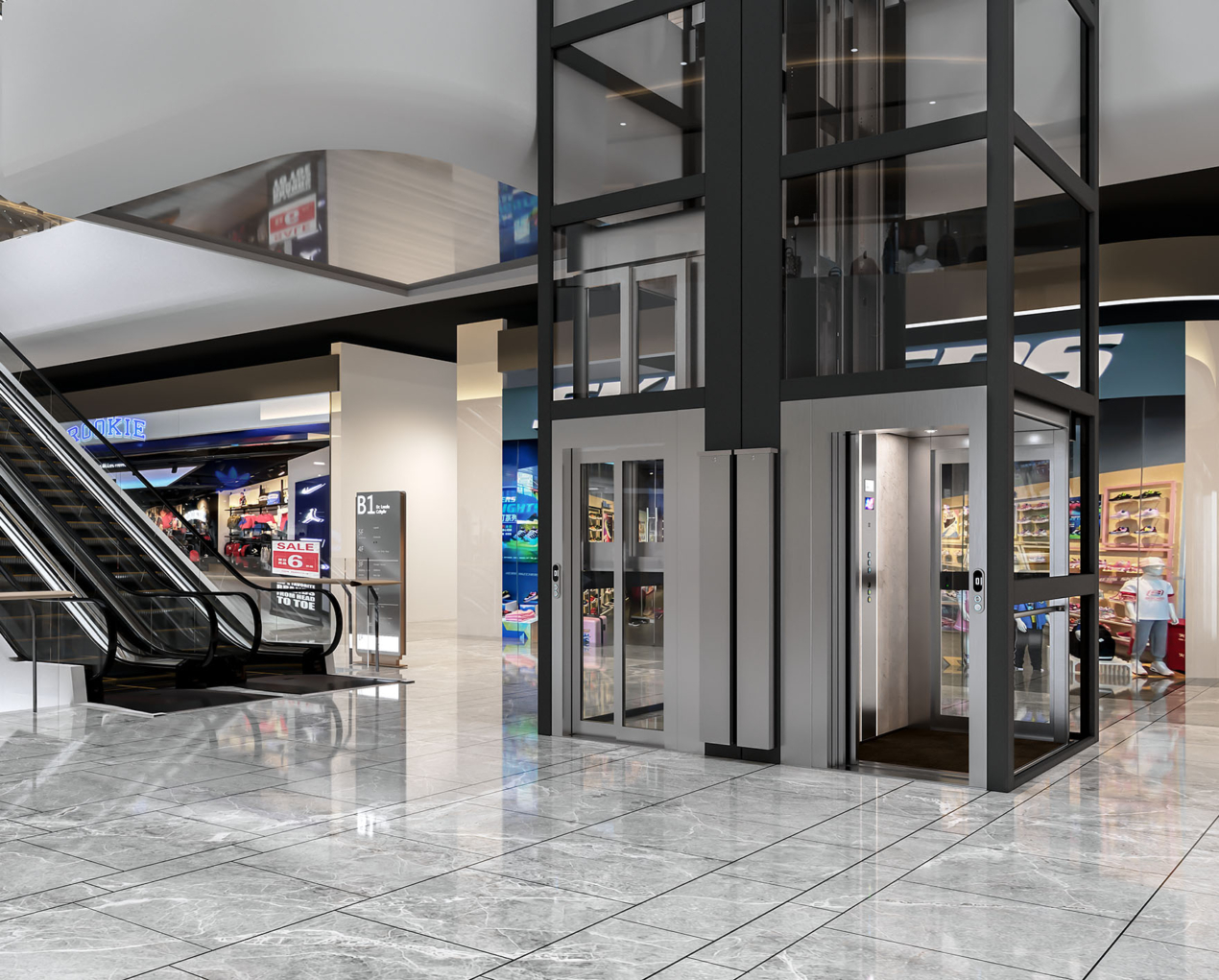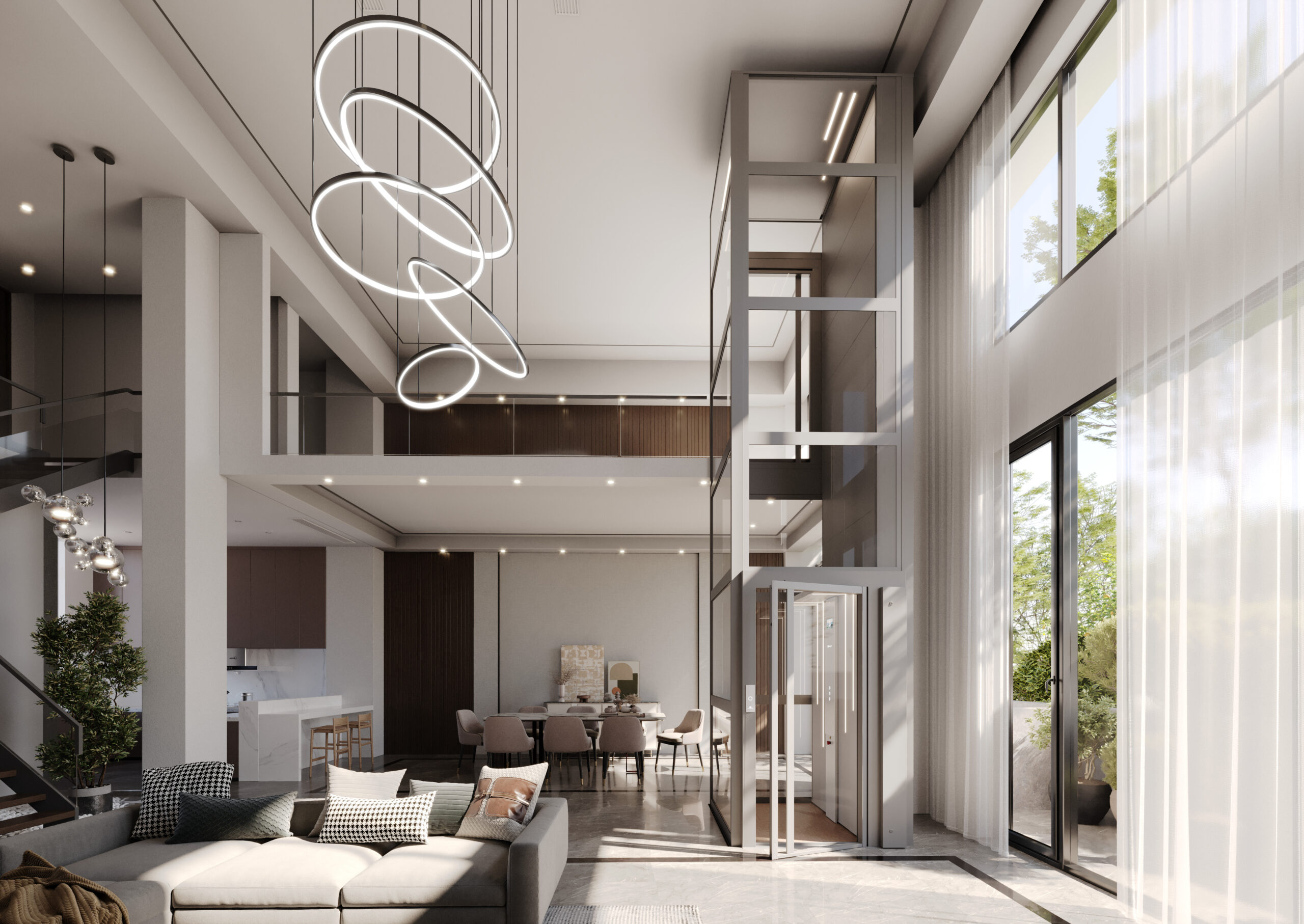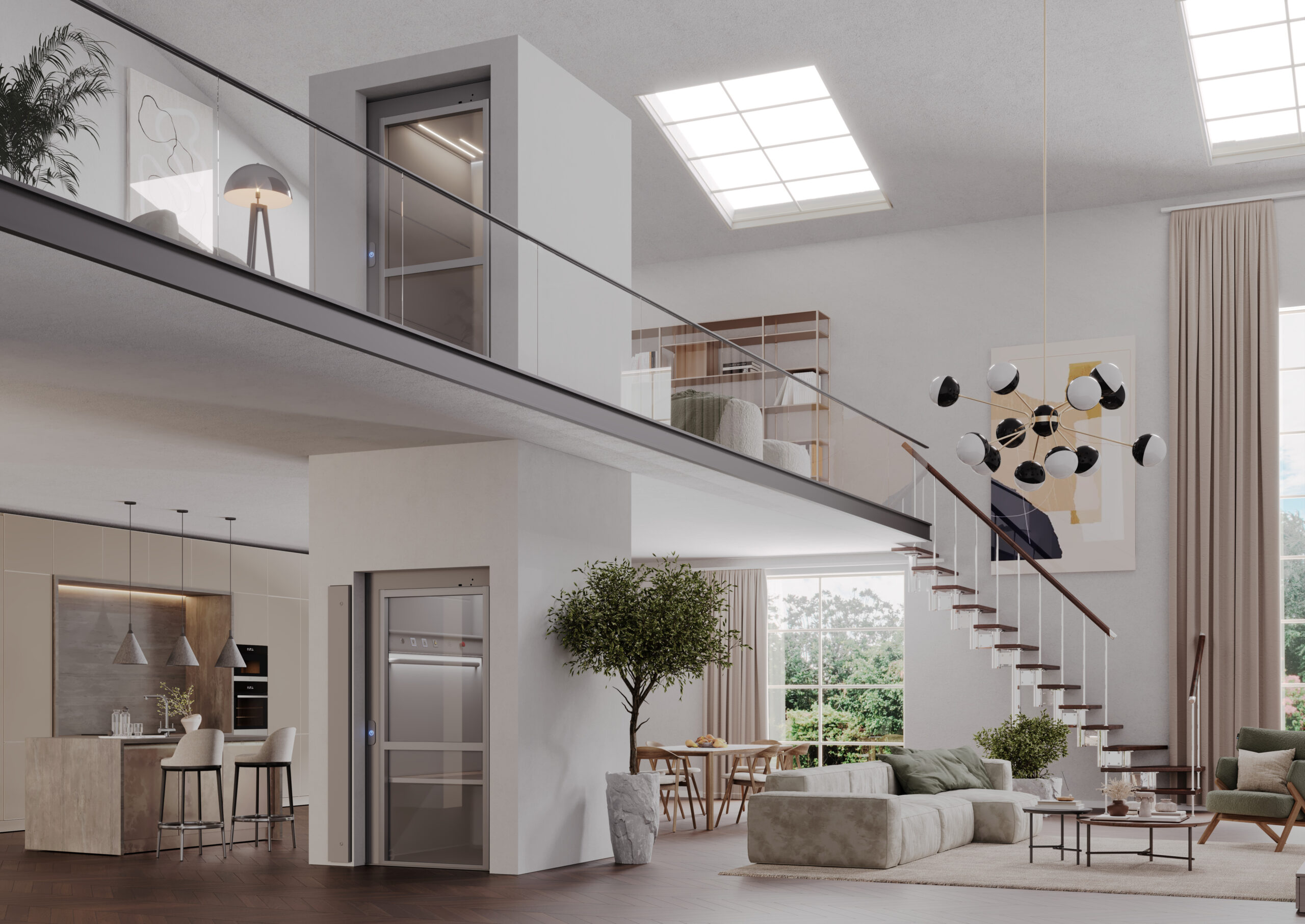Table of Contents
ToggleSafety Features in Modern Residential Elevators You Must Know About
If you’re planning to install a home elevator, safety is probably one of your biggest concerns, especially if you have children, elderly family members, or anyone with mobility needs at home. The good news is that modern residential elevators come with intelligent protection systems that keep every ride smooth and secure. This guide also highlights essential elevator safety tips and practical elevator safety guidelines so you can choose and use your lift with complete peace of mind.
Why Elevator Safety Matters at Home
Unlike commercial buildings, your home is a personal, private space. A home lift must be:
- Safe for children and pets
- Easy to use for seniors
- Equipped for power failure or emergency stop scenarios
You need more than comfort—you need peace of mind.
Modern Residential Elevators Safety Standards in India
Automatic Door Locking System
Prevents doors from opening mid-floor.
Overload Sensor
Stops the lift if the weight exceeds the capacity.
Emergency Alarm & Intercom
Enables users to communicate during power failures or emergencies.
Non-slip Flooring
Textured or anti-slip cabin floors prevent accidents.
Soft Start & Stop
Reduces jerks, especially important for elderly or disabled passengers
Emergency Safety Features Fo Modern Residential Elevators
Battery Backup System
Moves the lift safely to the nearest floor during power outages.
Manual Emergency Lowering
Allows manual operation during technical failure.
Automatic Rescue Device (ARD)
Ensures the cabin returns to the landing floor automatically during a power cut.
Door Sensors
Prevent the doors from closing on a person or object.
Lift Safety Standards in India
When buying a residential elevator, make sure it complies with:
- EN 81-41 (European Safety Norm for platform lifts)
- ISO 9001:2015 certified manufacturing
- BIS (Bureau of Indian Standards) if applicable
Always request a safety certificate and test report from your vendor.
Choosing a Modern Residential Elevators Brand
Pick a brand that:
- Has proven installations across India
- Offers 24/7 service support
- Provides annual maintenance contracts (AMCs)
- Offers a demo or showroom experience
At Kreativ Lift India, we prioritize your family’s safety with every lift we install.
Final Thoughts
When it comes to home elevators, safety isn’t optional—it’s essential. With smart engineering, emergency systems, and international compliance, today’s residential lifts make mobility safe, easy, and worry-free.
FAQ
Are home elevators safe for kids?
Yes, with features like door sensors, speed control, and auto-locking, modern lifts are safe for children under supervision.
What if someone gets stuck in the lift?
Emergency alarms, intercoms, and rescue devices ensure a fast and safe resolution.
How often should a home lift be serviced?
Every 3–6 months is recommended, depending on usage.





